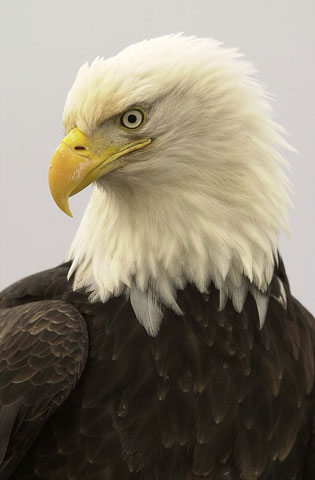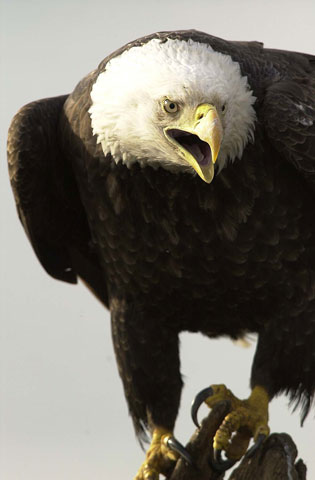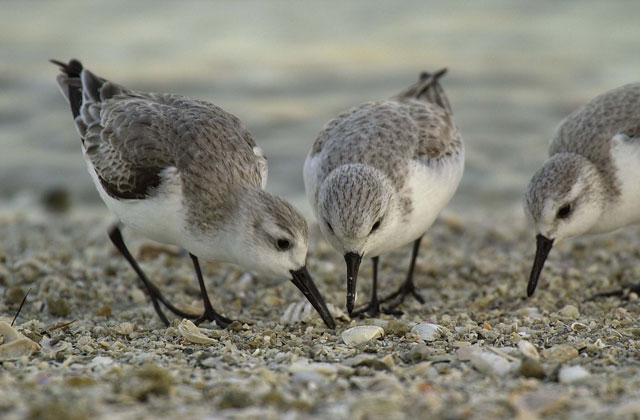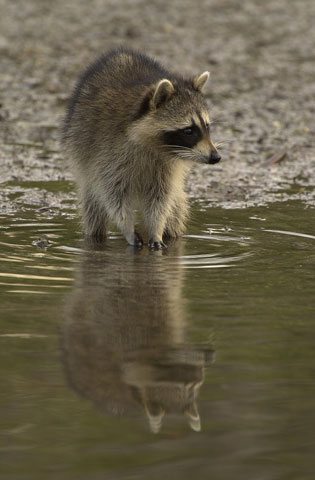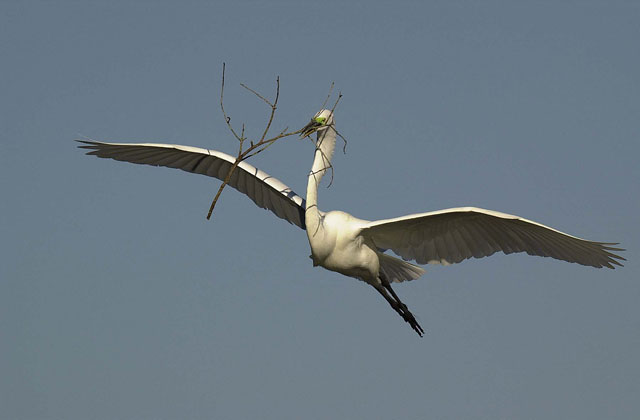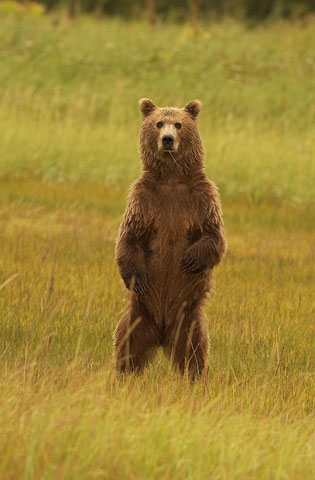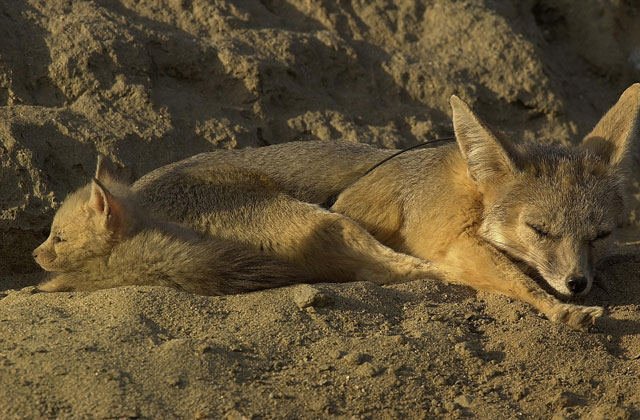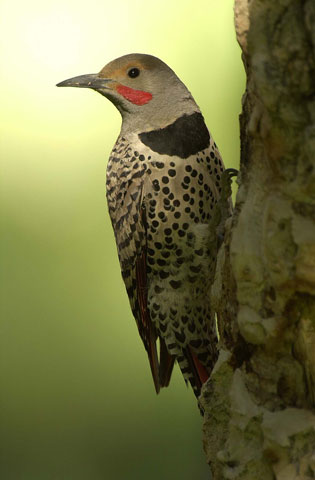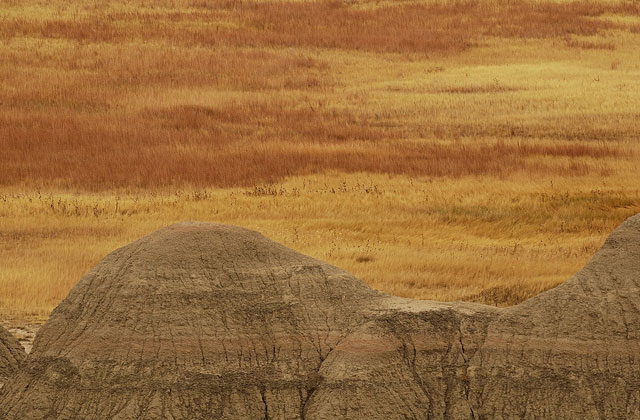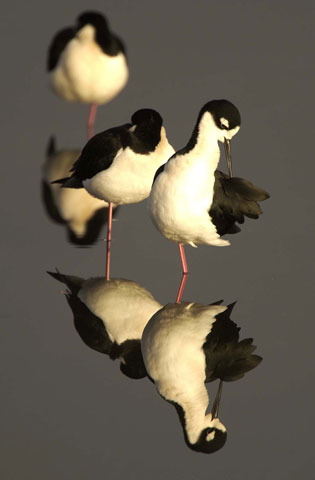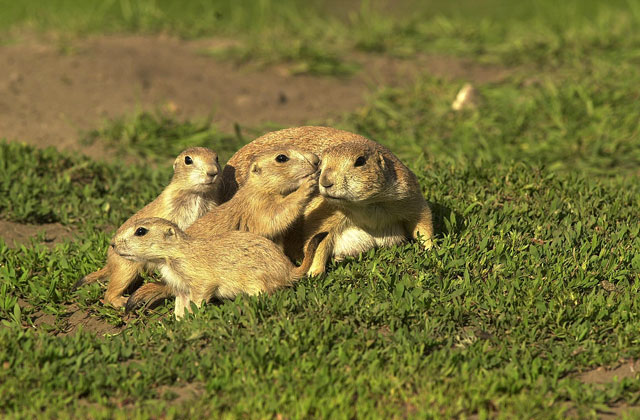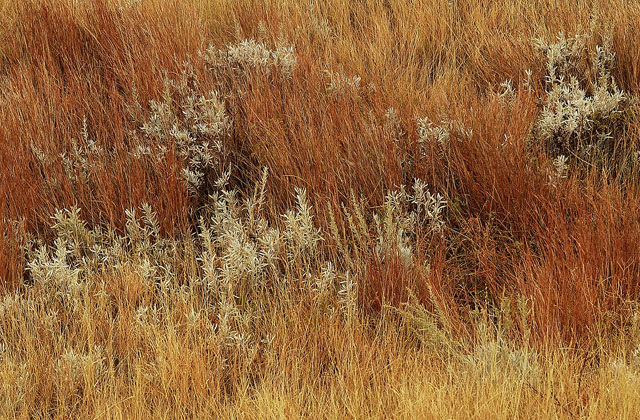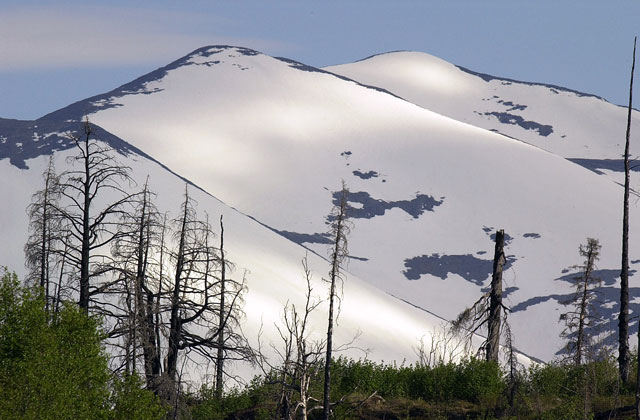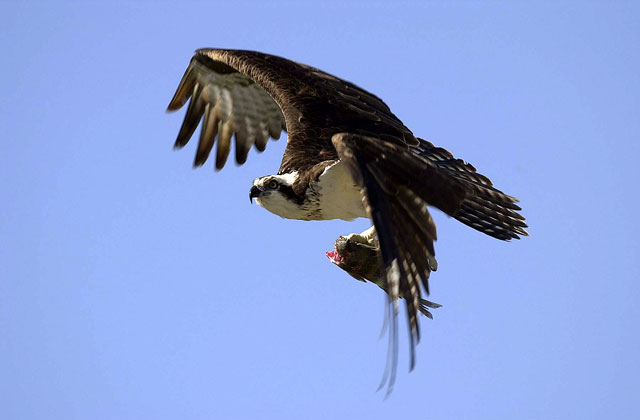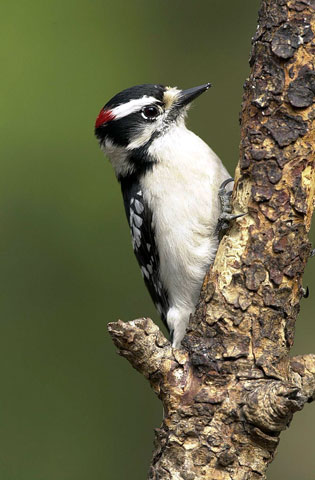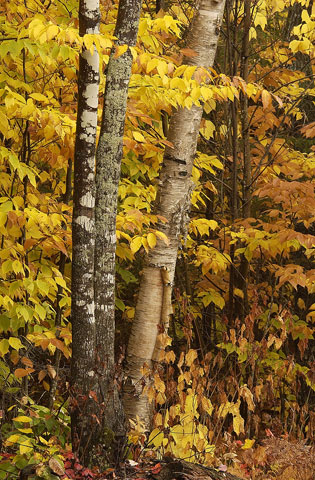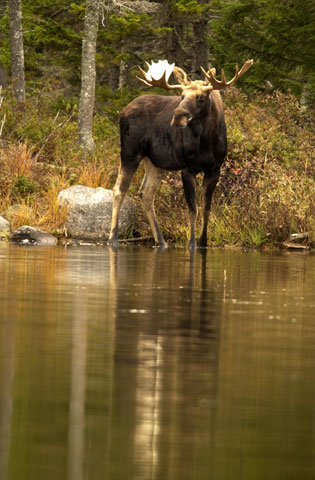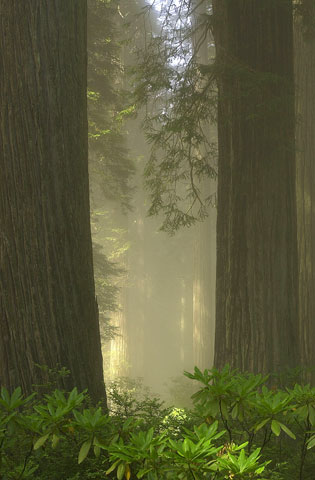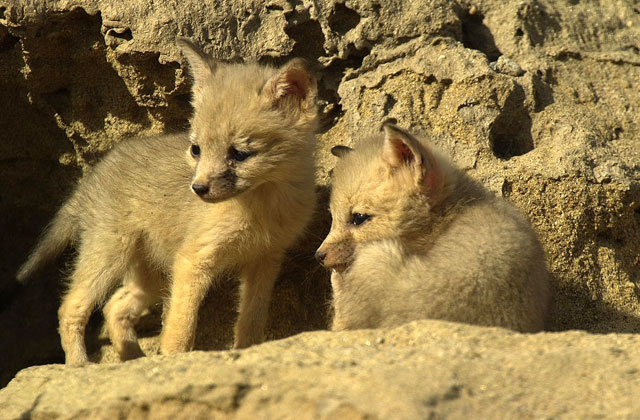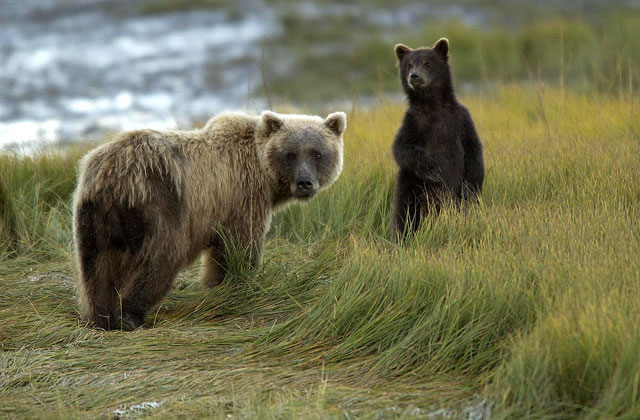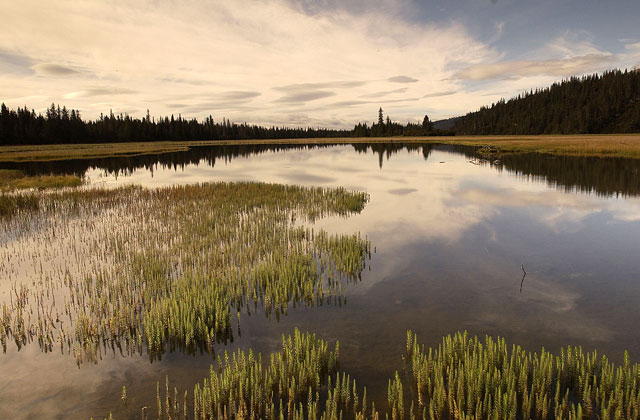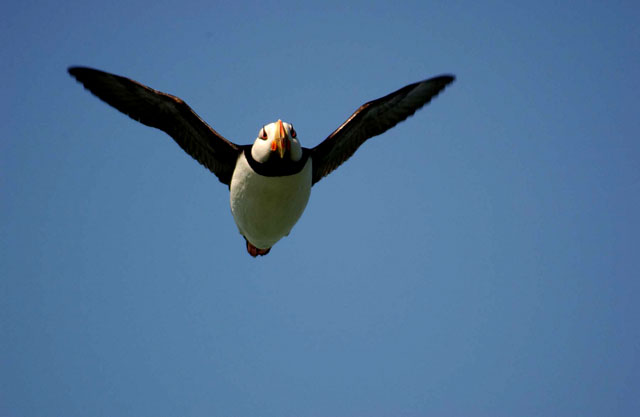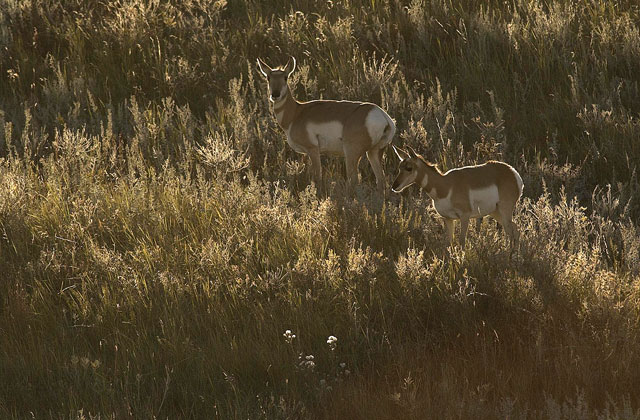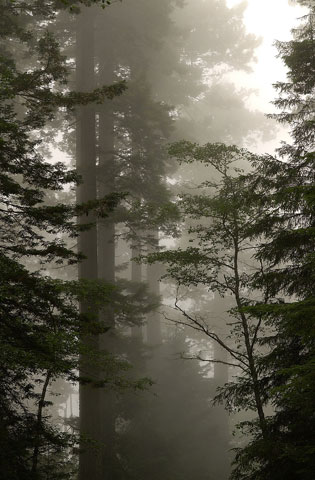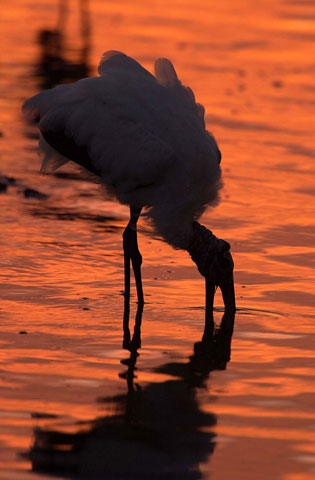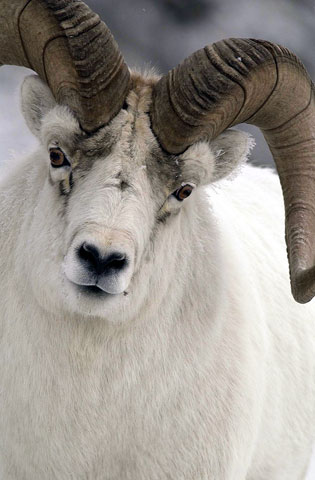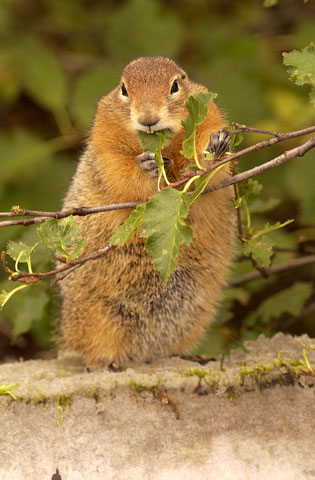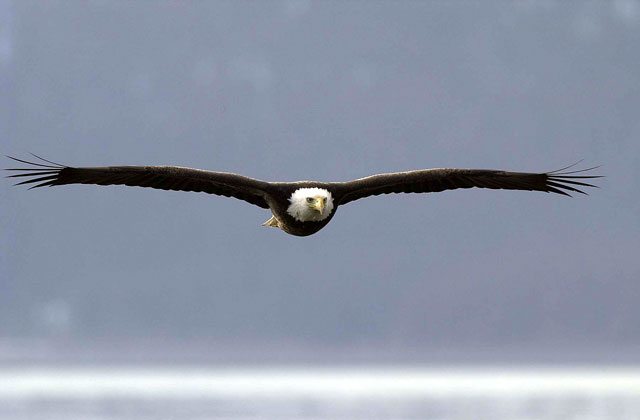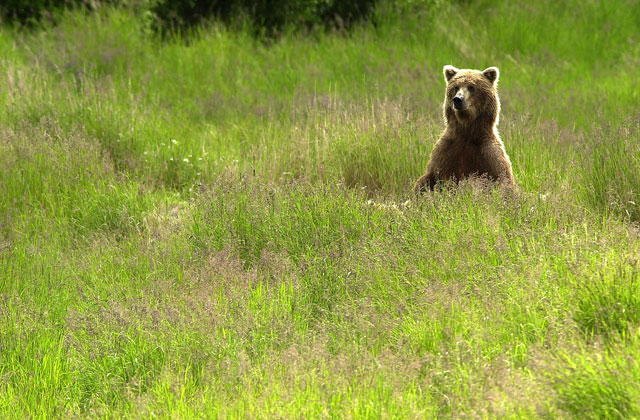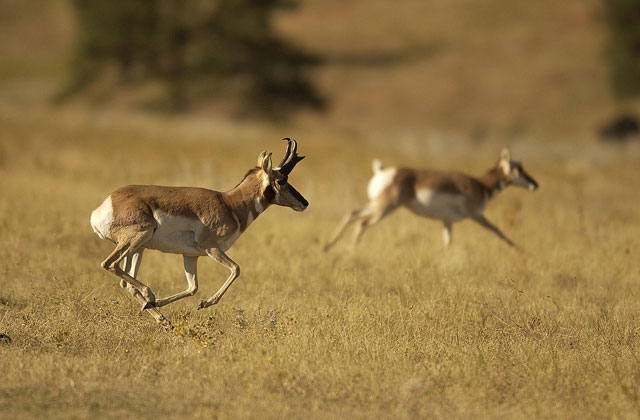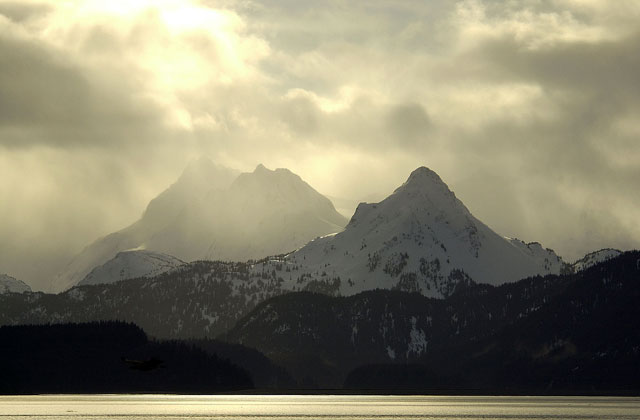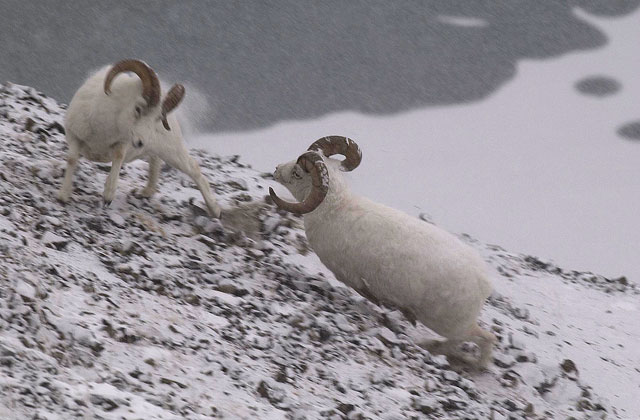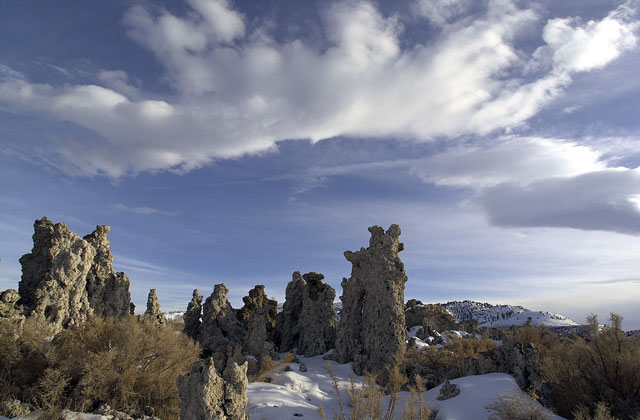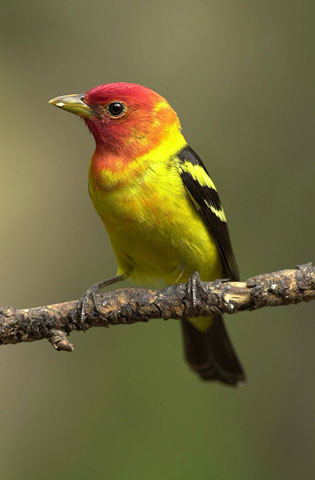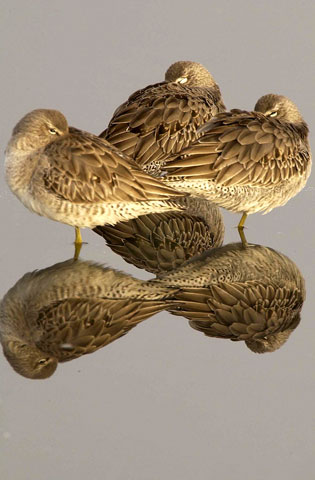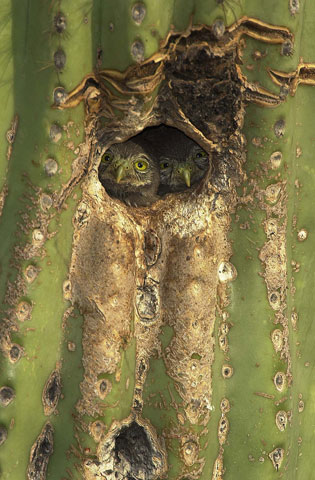Preservation and Protection of Wildlife Through Photography
Moose Peterson is a Nikon Legend Behind the Lens
The big FedEx box arrives two days after Moose Peterson promised to send a disk with his photos for this Legends story and the accompanying portfolio. In the box is the disk with the photos, but that's just the beginning. Moose has also sent along three books he's authored or co-written; four copies of his newsletter; a disk with an evaluation version of DigitalPro, his digital-photo management software; a baseball cap with the DigitalPro logo on it; and a CompactFlash memory-card wallet.
Moose, you see, has a generous nature; plus he wants to make sure that everything he does is well represented. And Moose does it all—he photographs, writes, publishes, lectures, teaches and sells.
And all of it is in service to one purpose: preserve and protect endangered wildlife, particularly in his home state of California. So Moose sends all these things, not so much to promote his photography, but to let you know that his photography exists to support the cause.
"Photography is the best vehicle to communicate the natural wonders I see," Moose says, "and I've used photography as a means to educate the public about their wild heritage."
His writing springs naturally from the photography. "Because I shoot all the time, I'm always learning something new, either in the biological or technical area," Moose says, "and that means there's more and more information I can put down on the page to help the next person."
He also posts the information to his website, and he travels the country to provide other photographers with the same biological and technical data he depends on, hoping to inspire them to take up the conservation cause in their neck of the woods.
Then there's the newsletter, the quarterly BT Journal (full name: The Biological and Technical Journal for Wildlife Photographers), which combines photographic tips and techniques, wildlife information and photo-product news, notes and reviews with Moose's illustrations in a publication that's as much a "why-to" as a how-to.
"If you want to write about something, you have to know about it," Moose says of the newsletter's purpose, "and wildlife photography is exactly like that. To be successful, you've got to know the subject, and in that same way, if you want to protect the welfare, even the survival, of your subject, you've got to know all about the world of that creature."
When you put the welfare of the creature you're photographing above the photograph itself, you impose limits on what you can do. "There's no margin for mistakes," Moose says. "Anything I do can affect or harm the species I want to document. Each species is different, and I need to know what's needed to get close enough, but not too close." Equipment plays a big part here, as Moose relies on long telephoto lenses when he's working near fragile habitats.
There are times, however, when he won't share everything he knows. "I recently photographed a moth that was thought to be extinct since 1982. I can't reveal the location in my photographs because we don't want collectors going there. Sometimes the work is just that serious."
When Moose says "we," he means the biologists he often works with. "Their main thing is collecting data," he says, "and I can't be upsetting or changing things. Life has to unfold as if I weren't there."
Moose has been a professional photographer for 20 years, and for all that time he's kept one rule in mind: "I won't take any photograph that may sacrifice the welfare of the subject. No photo is that important to me." But it should never come to that choice—"not if you understand the basics." And that's what all his educational efforts—the photographs, books, lectures and the newsletter—are about: to pass along the information that will preserve and protect as well as document. "The more people know, and the more they're encouraged to take pictures, the more they'll appreciate and want to preserve the land and the wildlife for everyone."

